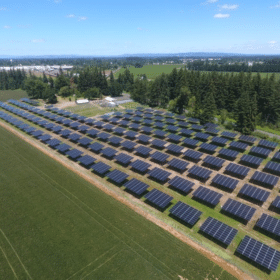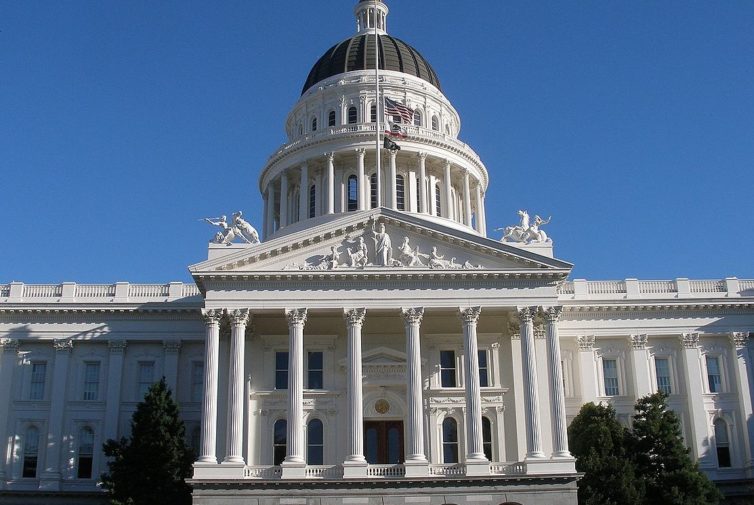A group of California state lawmakers sent a letter to state regulators voicing their support for a Coalition for Community Solar Access (CCSA) proposal to compensate subscribers to community solar projects based on the value of a project’s generation at the time it’s provided to the grid.
Under the “Net Value Billing Tariff” developers would build solar systems 5 MW or smaller in capacity. This capacity would be open for subscription to low-income and disadvantaged customers, who would otherwise be limited in their access to solar. The proposal also includes an Environmental Justice-Low Income market transition credit to boost the value of the program.
Advocates for the proposal call it a cost-effective way to drive the development of a community solar-plus-storage market that will expand equity and solar access to underserved communities, save consumers money, create jobs, and help meet state energy and climate mandates.

Image: Neighborhood Power
CCSA said up to 50% of Californians currently cannot access solar energy for various reasons, including the up-front costs of rooftop, or not being able to put panels on the roofs of their dwellings because they are renters. According to the letter, only 11% of net-metered rooftop solar systems have been deployed in the state’s 25% most disadvantaged communities to date.
Last year, the California Energy Commission adopted the Sacramento Municipal Utility District’s (SMUD) community solar proposal, the first adopted under the 2019 Energy Code. This program allows customers to subscribe to community solar projects 20 MW or less in capacity, and SMUD said participants will see charges and receive credits on their bill at a guaranteed annual net benefit of $10 per kilowatt per year.
The proposal essentially looks to expand community solar to the state’s investor-owned utilities, tweaking the model that SMUD set in place.
“Going forward, community solar will be a critical tool needed for compliance with the CEC’s renewable energy mandates for residential and soon, non-residential construction,” said Chris Ochoa, Senior Counsel for Codes, Regulatory and Legislative Affairs for the California Building Industry Association. “There are currently no viable community solar options for meeting these mandates for the majority of the state, and CCSA’s proposal would provide a much-needed solution.”
The proposal is supplemented by a recent report from Vibrant Clean Energy , which found that enabling the continued growth of local, distributed solar can save California $120 billion by 2050. It said community solar is an essential ingredient in the distributed energy mix to build the lowest cost grid, along with rooftop and battery storage. It said the addition of community solar helps to drive the lowest-cost, most efficient grid for underserved communities, the residents of which have traditionally been left behind in the clean energy economy.
Signers of the letter include: State Senator Connie Leyva, State Senator Anna Caballero, State Senator Scott Wiener, State Assembly member David Chiu, and State Assembly member Buffy Wicks.
This content is protected by copyright and may not be reused. If you want to cooperate with us and would like to reuse some of our content, please contact: editors@pv-magazine.com.









By submitting this form you agree to pv magazine using your data for the purposes of publishing your comment.
Your personal data will only be disclosed or otherwise transmitted to third parties for the purposes of spam filtering or if this is necessary for technical maintenance of the website. Any other transfer to third parties will not take place unless this is justified on the basis of applicable data protection regulations or if pv magazine is legally obliged to do so.
You may revoke this consent at any time with effect for the future, in which case your personal data will be deleted immediately. Otherwise, your data will be deleted if pv magazine has processed your request or the purpose of data storage is fulfilled.
Further information on data privacy can be found in our Data Protection Policy.